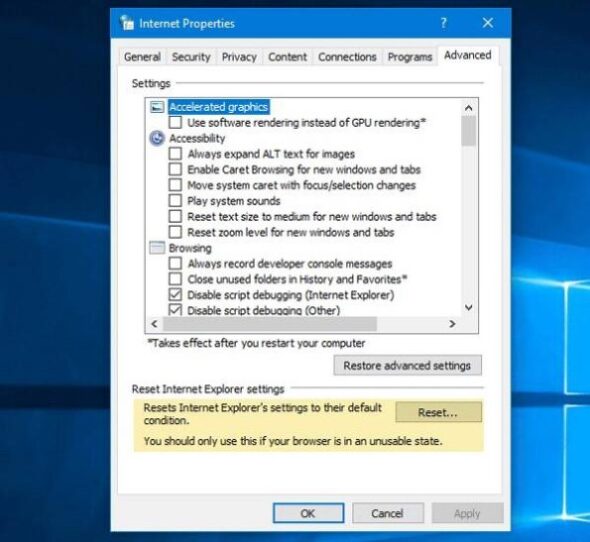In the modern workplace, tracking the movement of physical assets like laptops, tools, cameras, and test equipment is essential not only for security but also for operational efficiency. With the proliferation of shared devices and remote work logistics, organizations need a reliable system to manage check-in and check-out processes. Enter the asset check-in kiosk in tablet mode with role-based access—a scalable, user-friendly, and secure solution for asset management that blends technology with real-time accountability.
Understanding Tablet-Based Asset Check-In Kiosks
Asset check-in kiosks using tablets provide a digital alternative to traditional paper logs or manual tracking systems. These kiosks typically feature a touch-enabled tablet mounted in a secure enclosure, placed at access points such as IT departments, storage rooms, or reception areas. Users interact with the kiosk to register, check in, or check out equipment, streamlining the entire process and eliminating ambiguities associated with manual record-keeping.
Unlike rigid desktop systems, the mobility and simplicity of tablets make them ideal for varied environments—whether it’s a bustling corporate office, a school’s media resource center, or a manufacturing plant floor.
Core Functions of a Tablet-Based Asset Kiosk
While the concept is straightforward, the technology underscoring these kiosks offers advanced capabilities:
- Real-Time Logging: Digital records are updated instantly in a centralized database, ensuring accurate tracking.
- Barcode/RFID Integration: Scanners can be attached or integrated for reading asset tags quickly.
- Status Monitoring: Users and administrators know which assets are available or in use at any given time.
- Alerts and Notifications: Automated reminders for overdue returns reduce asset loss and improve accountability.
The Role of Role-Based Access Control (RBAC)
Security and data integrity are critical in any operational process, and this is where role-based access control (RBAC) becomes essential in asset check-in systems. RBAC limits system access based on a user’s role within the organization, which protects sensitive data and ensures only authorized personnel can perform certain functions.
How RBAC Works in Asset Kiosks
With RBAC embedded in the kiosk system, different types of users have customized access privileges. Here’s an illustrative breakdown:
- Administrators: Full access to the system; can configure device settings, view reports, manage users, and override check-in rules.
- Managers or Supervisors: Restricted access to subordinates’ asset usage, approval functionality for equipment requests.
- General Users: Basic access to check in/out assets assigned to their role or department.
This multi-tier structure dramatically reduces the risk of unauthorized access and enhances traceability.
Benefits of Using Tablet Mode in Kiosks
Adopting kiosks in tablet mode offers a range of operational and user-based advantages for organizations of all sizes:
- Ease of Use: Touch-screen interfaces are intuitive and reduce the learning curve for new users.
- Compact Footprint: Tablets require minimal desk or floor space, ideal for facilities with spatial constraints.
- Cost-Effectiveness: Lower hardware costs compared to full-scale desktop or monitor setups.
- Remote Management: IT administrators can monitor and update kiosk software from a central location.
With tablets, mobile setups are also possible, allowing temporary kiosks to be placed at events, construction sites, or off-site field offices.

Key Industries Benefiting from Asset Check-In Kiosks
Such kiosks are not limited to tech enterprises or IT departments. Multiple sectors are actively leveraging tablet-mode kiosks with role-based access for optimized asset control:
- Education: Schools and universities use them for managing shared tablets, labs, and audio-visual equipment.
- Healthcare: Clinics deploy kiosks to log and track usage of sensitive diagnostic tools and devices.
- Construction & Engineering: Field teams check out specialized gear or safety equipment daily.
- Law Enforcement: Equipment such as body-cams and radios are managed centrally using kiosks.
In each case, the kiosk reduces human error by enforcing check-in procedures and ensuring assets don’t go unrecorded.
Maintenance and Security Protocols
Just like any other IT infrastructure component, kiosks require periodic maintenance and should follow strict security protocols. Key considerations include:
- Software Updates: Periodically applying patches ensures protection against vulnerabilities.
- Data Encryption: All asset records and user data must be encrypted during storage and transmission.
- Physical Security: Tamper-proof mounts and user authentication prevent theft or misuse.
- Audit Logs: RBAC ensures that every transaction is tied to a specific user, supporting audits and investigations.
Advanced systems can also integrate biometric authentication or multi-factor authentication (MFA) for higher security demands.
Customizing Your Kiosk Based on Role Hierarchies
A distinguishing advantage of modern asset kiosk systems is their ability to be customized based on role hierarchies. For instance, an organization may have multiple departments handling sensitive equipment. By customizing the kiosk interface and permissions, each team can independently manage assets without crossing permissions or accessing unrelated logs.
This enhances data privacy and system performance, especially in enterprise-level environments with complex organizational structures.
Use Cases and Real-World Implementation
Take the example of a broadcast media company. Field reporters and camera crews check out high-value recording equipment daily. By implementing a tablet kiosk in the equipment room, the tech team ensures accountability for thousands of dollars worth of gear. Each check-out is logged under the employee’s ID, and only those approved for expensive equipment see such options on the tablet screen.
Another practical example is in warehousing, where RF scanners and forklifts are shared across shifts. A tablet-based, role-sensitive kiosk system ensures that only trained and certified staff can access certain heavy machinery.
Future Trends and Scalability
As organizations continue adopting technology-driven operational models, tablet-based asset kiosks will become even more indispensable. Integration with artificial intelligence, predictive analytics, and Internet of Things (IoT) will further enhance functionality. For example, predictive alerts could notify maintenance teams before typical wear and tear occurs based on usage patterns.
Furthermore, cloud-based administration opens opportunities for multi-location coordination, where asset data from various branches can be viewed and managed centrally.
Conclusion
Efficient asset management is no longer a luxury but a necessity, especially in today’s fast-paced organizational environments. Implementing asset check-in kiosks in tablet mode with role-based access empowers institutions to streamline operations, enhance security, and improve accountability. Whether it’s a tech company managing laptops or a hospital logging medical equipment, this smart, scalable solution can adapt to fit various workflows and compliance requirements.
Businesses aiming to future-proof their asset management strategies should consider early adoption of such technologies—not merely for the sake of convenience, but as a proactive investment in operational integrity.



